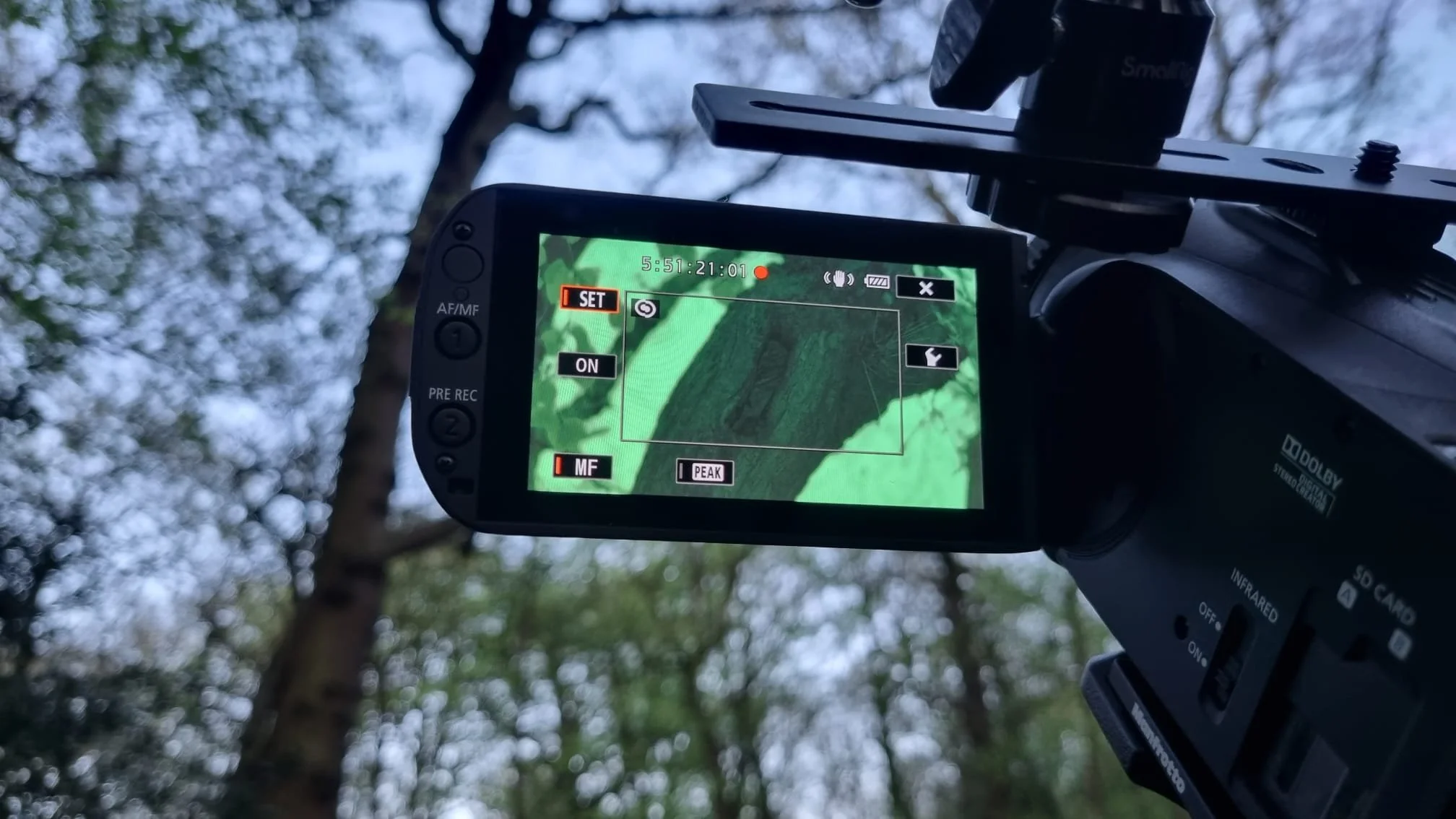Urban Bat Project: Current Research Projects
Here at UBP we have two project licences: the Woodland Roost Monitoring Scheme (WoRMS) and the Dudley Zoo Swarming Project (DZSP). Each project has a number of survey types and activities taking place to gather data. Here’s a bit more about them:
Woodland Roost Monitoring
The WorMS project is a complex study of woodland roosting bats in our county, and it builds upon the original UBP bat trapping project that ran from 2017-2022. It now comprises bat box checks, ringing, temporary marking, infra-red emergence surveys, high-level hand-netting, trapping, roost finding and oral swabbing for volatile chemicals. We’re interested in (and monitor, ring and record) all species, but our key focus is on noctule (Nyctalus noctula) and Daubenton’s bat (Myotis daubentonii).
Broadly speaking, we want to know:
What bats are roosting, when and where (at what times of year, in which type of features)
Which bats come back to which roosts (roost fidelity) and which bats repeatedly co-roost
How does cohabitation work, and what are the impacts (chemically, and on ectoparasites) on each species
How does chemical signalling in noctules change with sex, season and roost demographics
Dudley Zoo Swarming
Our newest project is the continuation of several years of work with Dudley Zoological Gardens. Following several seasons of monitoring at Big Ben Cavern and Stores Cavern, we have now begun a trapping, ringing and monitoring scheme which focuses on the bat swarming season (August to September) every year. We hope that this will provide us with vital information about roost fidelity, breeding and pre-hibernation activity at our region’s most important swarming site for bats.










